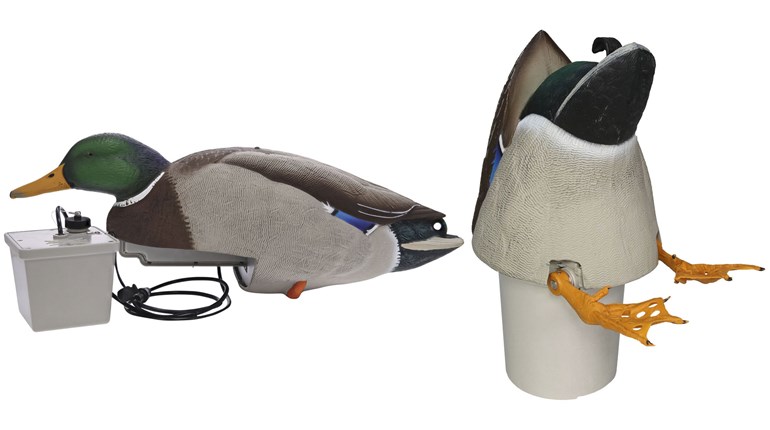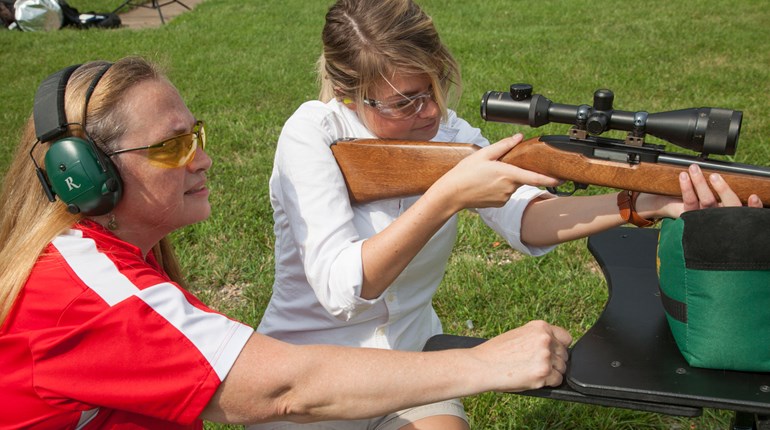One of the most important things to learn when it comes to shooting and hunting is how to sight in your gun. This is a rather basic firearm skill, but if nobody taught you how to do it, you may be creating unnecessary work for yourself.
I’ve created a video to easily show and explain how I go about sighting in my long gun.
1. Find a safe place to shoot your rifle with a backstop. If possible use a bench and a rock-solid shooting rest. Sighting-in is all about consistency, so the less human error you have, the better. For safety, be sure to also bring ear and eye protection.

2. Ensure your scope is mounted correctly and everything is tightened down.

3. Select the correct ammunition for your caliber of firearm. If you have a couple different brands you’d like to try, bring them all to the range. When you determine what shoots best, use this in the field as well. Always sight in with the same ammo with which you plan to hunt.

4. Start off by shooting at 25 yards just to get your first shots on paper. I usually shoot groups of 3 to ensure consistency. Once you see where this first group is shooting at 25 yards, remove your scope caps to make your corrections. Every scope is different, so once the caps are off, read how many clicks per inch it requires. This is usually listed for 100 yards so don’t forget that everything needs to be multiplied by 4 to achieve the needed results at 25 yards.

5. Once you’re on target at 25 yards, move back to 50 yards and shoot another group. Make your corrections and multiply it by only 2 this time for the necessary movement.

6. Next, decide what distance you want your gun zeroed. I zero all my rifles at 100 yards, as 95 percent of my shots are at this distance or closer. I highly recommend learning the ballistics of your rifle and load, so you know what the drop is at various distances. It’s also important to learn what you are capable of as a shooter, along with your equipment, so you can make ethical shots. If possible, I shoot my gun at 100 yards and ensure it is spot on. If you have a long enough range, shoot again at 150 yards and 200 yards to see how you do and where your groups are. Some calibers will be more flat shooting than others so you may not see much difference from 100 yards to 200 yards.
what you are capable of as a shooter, along with your equipment, so you can make ethical shots. If possible, I shoot my gun at 100 yards and ensure it is spot on. If you have a long enough range, shoot again at 150 yards and 200 yards to see how you do and where your groups are. Some calibers will be more flat shooting than others so you may not see much difference from 100 yards to 200 yards.
Now that your gun is sighted in, be sure to continue practicing and shoot not only from the bench but also how you plan to shoot in the field. I like to have a super steady rest in the field, so I use a Bog Pod Death Grip as it holds my gun in place and the tripod base keeps everything steady. I like to sit on my butt, put my right knee up and rest my right elbow on my knee for a third point of contact. This is my preferred method in the field so I often practice like this. I would also recommend practicing prone, standing and shooting when you’re out of breath, so you can learn to control your breathing, even when winded.















































